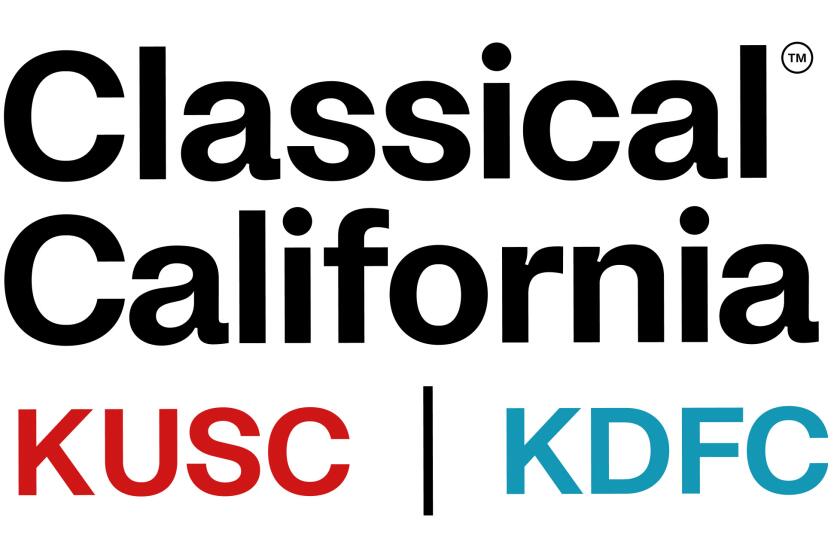Living, Breathing Flamenco From De Lucia
- Share via
Let’s be thankful for the musical presence of Paco de Lucia in our midst. At a time when Nuevo Flamenco--wallpaper thin, pop-style versions of one of the world’s greatest musical forms--seems to be pouring out of Muzak speakers everywhere, De Lucia continues to make a case for flamenco as a still-evolving creative expression.
Leading his seven-piece ensemble on Friday at UCLA’s Royce Hall, he brilliantly connected the traditional with the contemporary, retaining the essential character of the music’s roots while expanding its potential with newer instrumentation and added rhythmic and improvisational characteristics.
De Lucia opened in characteristically dramatic fashion, spotlighting his solo guitar in the dark of center stage. Adding one or two instruments at a time--percussion, guitars, the sounds of voice and flute--he allowed the program to unfold in a gradual but inexorable crescendo.
His guitar playing, which employed stunning virtuosity at the service of lyrical improvisational invention, was the central voice, leading the way through a group of alegrias, bulerias, ronden~as and tangos.
This was not, however, a program of classical flamenco, of the deep passionate excursions of cante jondo. And, in the final pair of numbers, it occasionally verged dangerously close to Nuevo Flamenco.
But, for most of the evening, it was a captivating collection of music, blossoming from De Lucia’s opening efforts into a cornucopia of solos by every member of the company (most notably by flutist-saxophonist Jorge Pardo), the liquid vocalizing of Rafael de Utrera and the fiery-but-elegant dancing of J. Grilo.
More to Read
The biggest entertainment stories
Get our big stories about Hollywood, film, television, music, arts, culture and more right in your inbox as soon as they publish.
You may occasionally receive promotional content from the Los Angeles Times.










